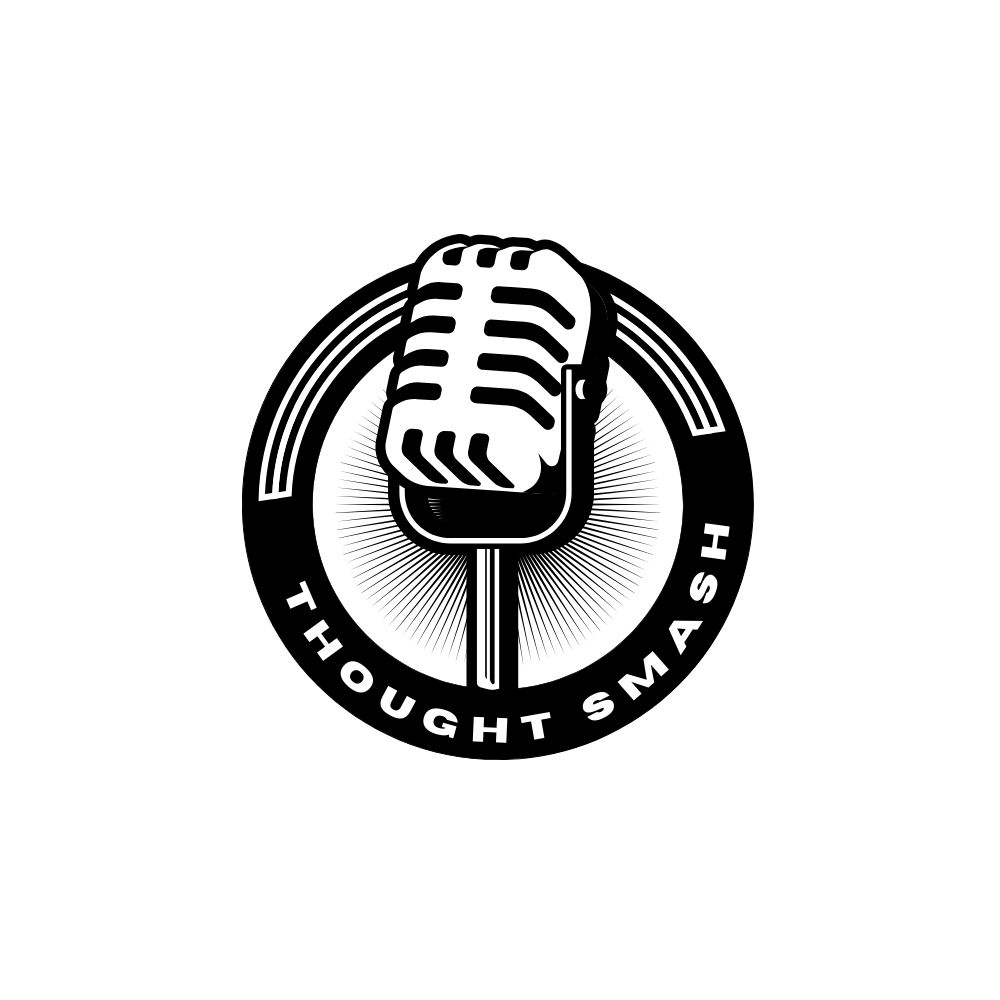September 11, 2024
Media Bias Exposed in Harris-Trump Debate
The recent debate between Kamala Harris and Donald Trump in Philadelphia raised concerns about media bias and fairness in political discourse. An in-depth analysis reveals how the moderators and the structure of the debate played a significant role in shaping public perception, leading to an unbalanced portrayal of the two candidates.
Moderators Show Clear Bias Toward Harris
The moderators’ conduct during the debate stood out as a key issue. Throughout the debate, moderators consistently fact-checked Trump, frequently challenging him on statements he made. In contrast, Harris was rarely scrutinized, even when her claims were questionable. This selective approach contributed to a perception that Trump was the less honest candidate, while Harris appeared truthful and composed throughout.
By fact-checking Trump repeatedly and failing to do the same with Harris, the moderators skewed the debate in Harris’s favor. This lack of balanced questioning shaped public opinion and portrayed Trump as dishonest while allowing Harris to avoid accountability.
Framing of Questions Favors Harris
The framing of the questions played an equally important role in creating bias. Trump was often put on the defensive, with moderators using argumentative questions that cast doubt on his credibility. For instance, when discussing abortion, Trump was asked why women should trust him, given his contradictory statements. Harris, however, did not face similar confrontational questions, even though her positions on critical issues, such as fracking and gun control, had changed over time.
The biased framing of questions reinforced the perception that Trump was less trustworthy, while Harris was allowed to present her views without being challenged. This imbalance further tilted the debate in Harris’s favor.
Debate Structure Reinforces Unequal Treatment
The debate’s structure also contributed to the unbalanced treatment of the candidates. When Harris dodged direct questions—such as those about her responsibility for the deaths of soldiers in Afghanistan—the moderators did not push her for a clear answer. This lack of follow-up allowed Harris to sidestep important issues, making her appear more composed and controlled than she actually was.
In contrast, Trump was frequently interrupted and pressed to clarify his statements. The unequal enforcement of debate rules created a dynamic where Harris was shielded from difficult questions, while Trump faced increased scrutiny.
Public Perception Shaped by Media Influence
The public perception of the debate was undoubtedly influenced by the media’s role. Harris’s calm demeanor and measured responses likely appealed to viewers, while Trump’s aggressive tone may have come across as abrasive. However, the biased treatment by the moderators and their selective fact-checking contributed to shaping this perception.
The moderators’ influence on the debate cannot be ignored. By consistently framing questions to favor Harris and targeting Trump with more confrontational approaches, they reinforced the media’s narrative that Trump is untrustworthy, while Harris is a more reliable candidate. This level of media bias only deepens existing divisions and distrust in the press.
Media Bias Skews Political Discourse
The Harris-Trump debate serves as a prime example of how media bias can shape public perception. The moderators, through selective fact-checking and biased questioning, created an unbalanced portrayal of the candidates. This unfair treatment had a significant impact on the debate’s outcome, further polarizing an already divided audience. The media’s role in shaping political discourse remains a critical issue that continues to affect public trust in journalism.

